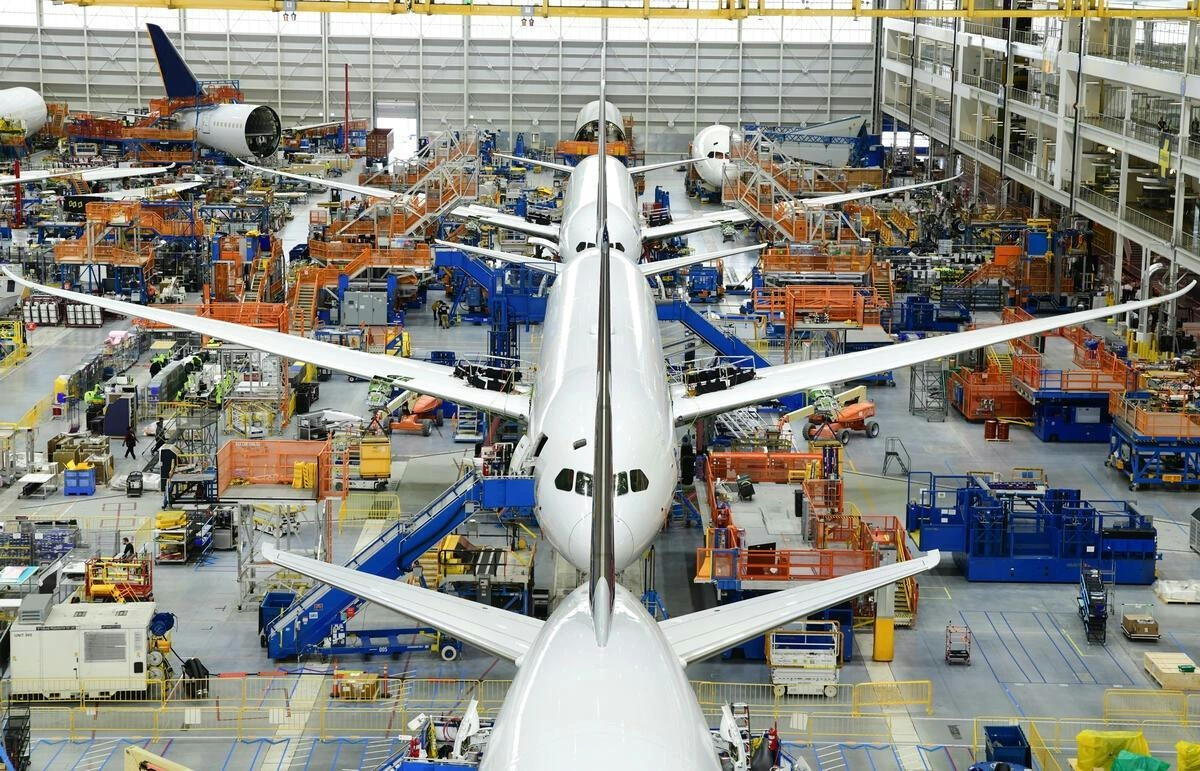
AeroGenie — Votre copilote intelligent.
Tendances
Categories
Top 10 Boeing 767 Routes in November
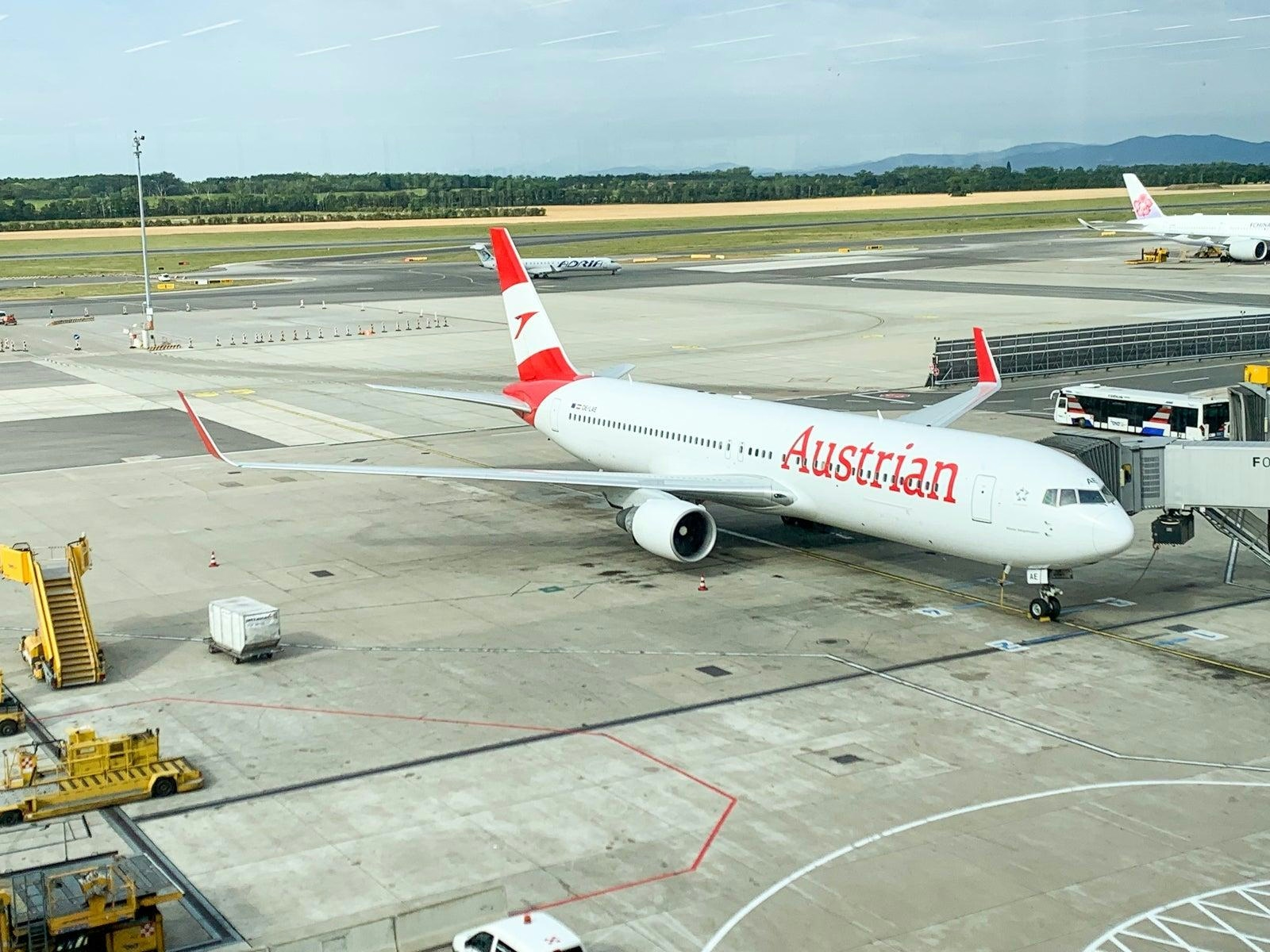
Top Boeing 767 Routes in November
Boeing’s 767 program, initiated in 1978, was developed to fill the niche between narrowbody jets and larger widebody aircraft such as the 747. The twin-engine 767 offered airlines a versatile option suitable for both transcontinental and intercontinental flights. Entering commercial service in 1982 with United Airlines, the aircraft quickly became a staple for major carriers, especially in the United States. Although Boeing ended passenger 767 deliveries in 2014, the freighter variant remains in production and continues to be favored by cargo operators worldwide.
Currently, over 180 Boeing 767s remain in passenger service, with Delta Air Lines and United Airlines operating the largest fleets. According to aviation analytics firm Cirium, airlines globally have scheduled more than 165,500 Boeing 767 flights for 2025, including nearly 12,700 flights in November alone. While the 767 is traditionally linked with long-haul and transatlantic routes—such as United’s Newark to London Heathrow and Delta’s Los Angeles to New York JFK—it holds an even more prominent role in Japan’s domestic aviation market.
The 767’s Role in Japan’s Domestic Market
Japanese carriers, particularly All Nippon Airways (ANA) and Japan Airlines (JAL), utilize the 767 extensively on high-demand domestic routes. This strategy allows them to maximize capacity at airports with limited slot availability. The Tokyo Haneda to Sapporo route leads globally in 767 operations this November, with up to ten daily one-way flights and nearly 78,000 seats offered. JAL also deploys the 767-300ER on busy routes from Tokyo Haneda to Kumamoto, Osaka, Izumo, and Okinawa, driven by strong passenger demand and slot constraints that necessitate the use of widebody aircraft on relatively short sectors.
Operational Challenges and Market Shifts
Despite its continued utility, the 767 faces operational challenges, particularly from severe weather conditions. A recent incident involving Delta Air Lines in Milan, where insufficient use of weather data resulted in a damaging hail encounter, underscores the critical need for rigorous operational planning on routes with frequent departures.
Market dynamics are evolving as well. Boeing’s introduction of the 777-8 Freighter may affect demand for the 767-300F, potentially altering the aircraft’s long-term position among cargo operators. Meanwhile, competitors are advancing their fleets; for example, Air Astana’s recent order for five Boeing 787-9s signals a shift toward newer, more fuel-efficient mid-size widebodies, which could further influence the market landscape for aircraft like the 767.
Leading Boeing 767 Routes in November
The Tokyo Haneda to Sapporo route, operated by ANA through Air Do, tops the list with 270 flights scheduled in November, offering 77,760 seats on 767-300ER aircraft configured with 288 all-economy seats. United Airlines’ Newark to London Heathrow route follows with 205 flights and 34,235 seats, featuring a mixed-class 767-300ER configuration. Delta Air Lines operates 203 flights between Los Angeles and New York JFK, providing 43,848 seats on similarly configured 767-300ER aircraft.
Japan Airlines maintains a strong presence on domestic routes, with 179 flights from Tokyo Haneda to Kumamoto offering 46,647 seats, 165 flights to Osaka with 41,598 seats, and 150 flights to Izumo providing 38,619 seats. These routes utilize the 767-300ER in various configurations to meet demand. Data for the Tokyo Haneda to Kagoshima route was not available.
The Boeing 767 continues to serve as a reliable workhorse on both domestic and international routes, particularly in Japan and the United States. However, as airlines navigate changing market conditions, weather-related risks, and the introduction of new aircraft technologies, the future prominence of the 767 on these key routes will depend on how operators adapt to these emerging challenges.
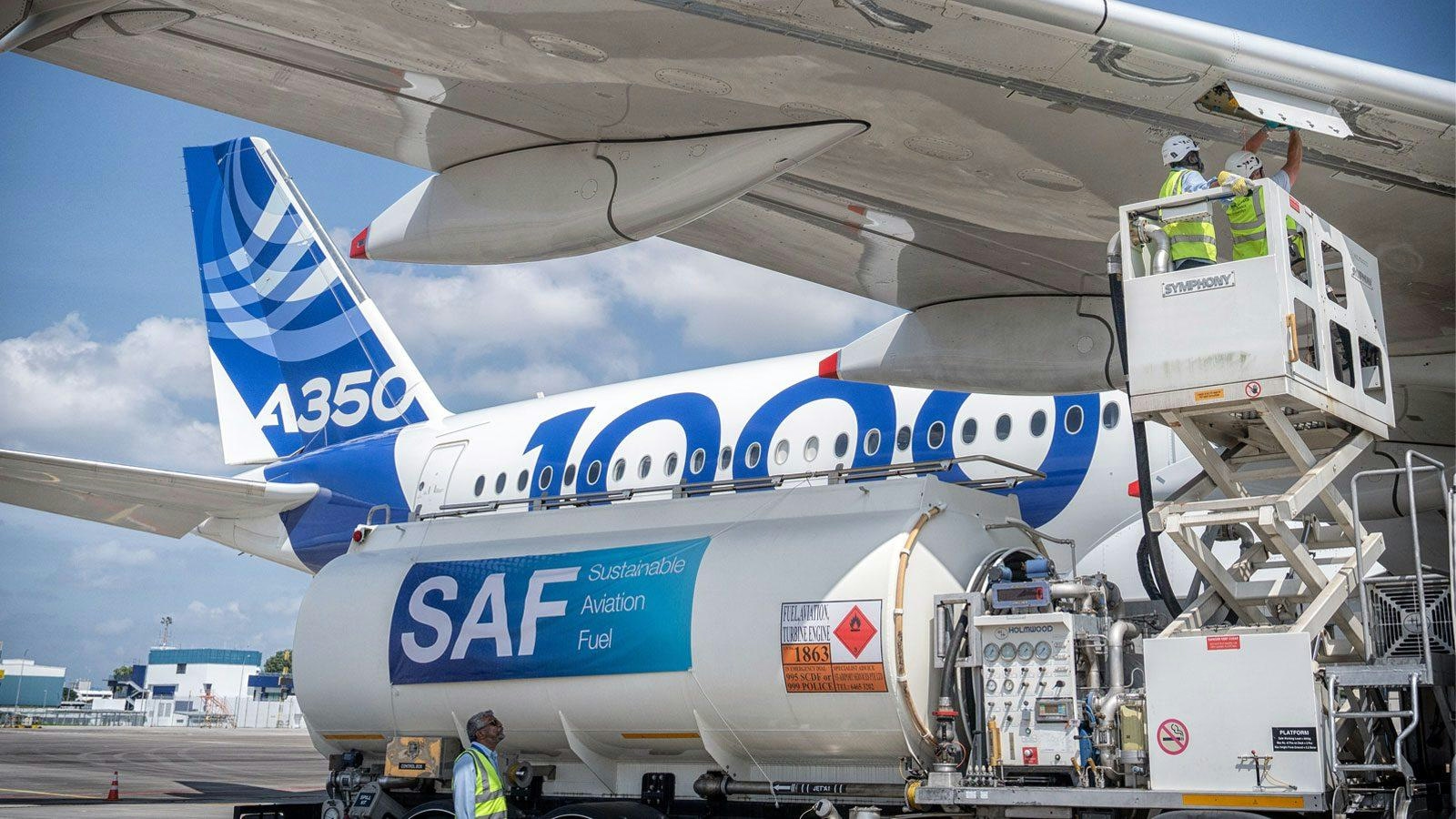
Aster and Aether Fuels Collaborate on Singapore’s First Commercial Sustainable Aviation Fuel Plant
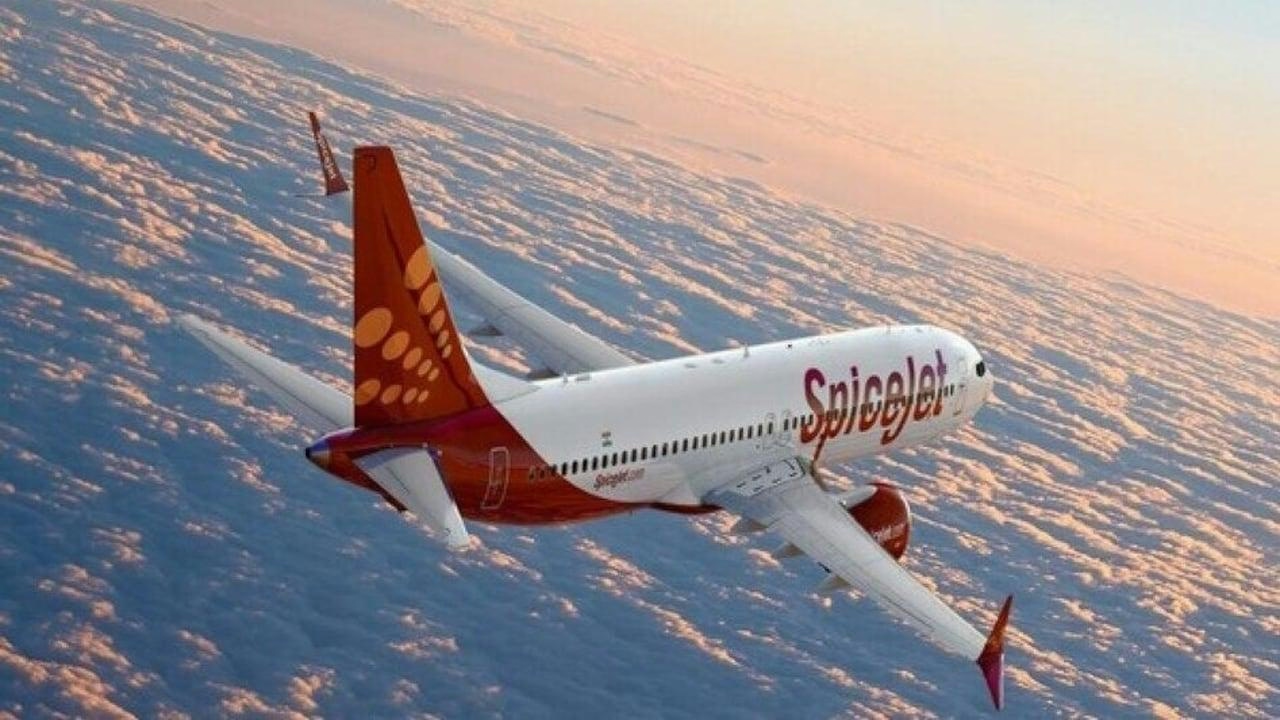
SpiceJet to Add 20 Jets Through Reactivations and Damp Leases
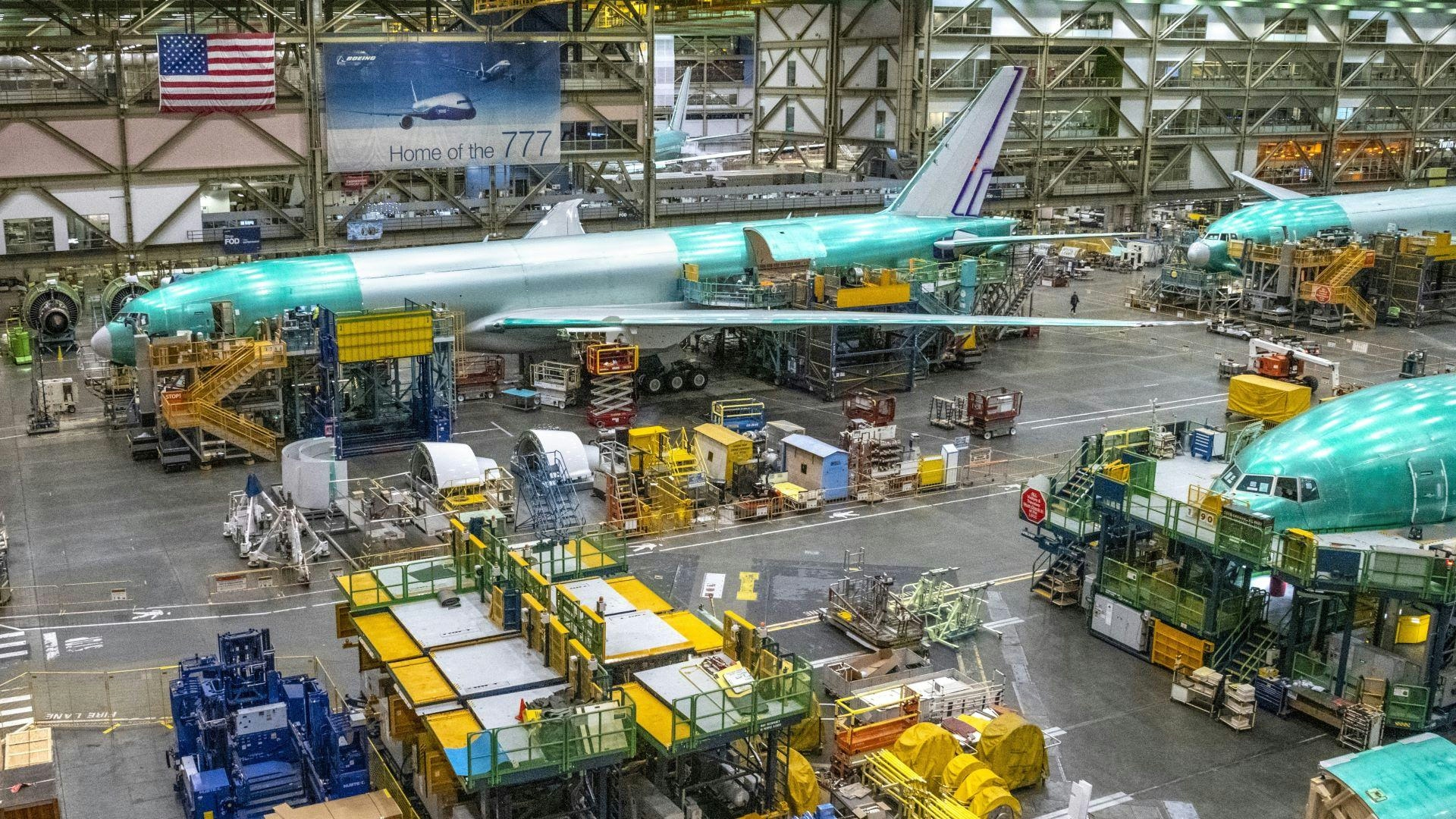
Boeing and Airbus Compete in the 2025 Widebody Aircraft Market
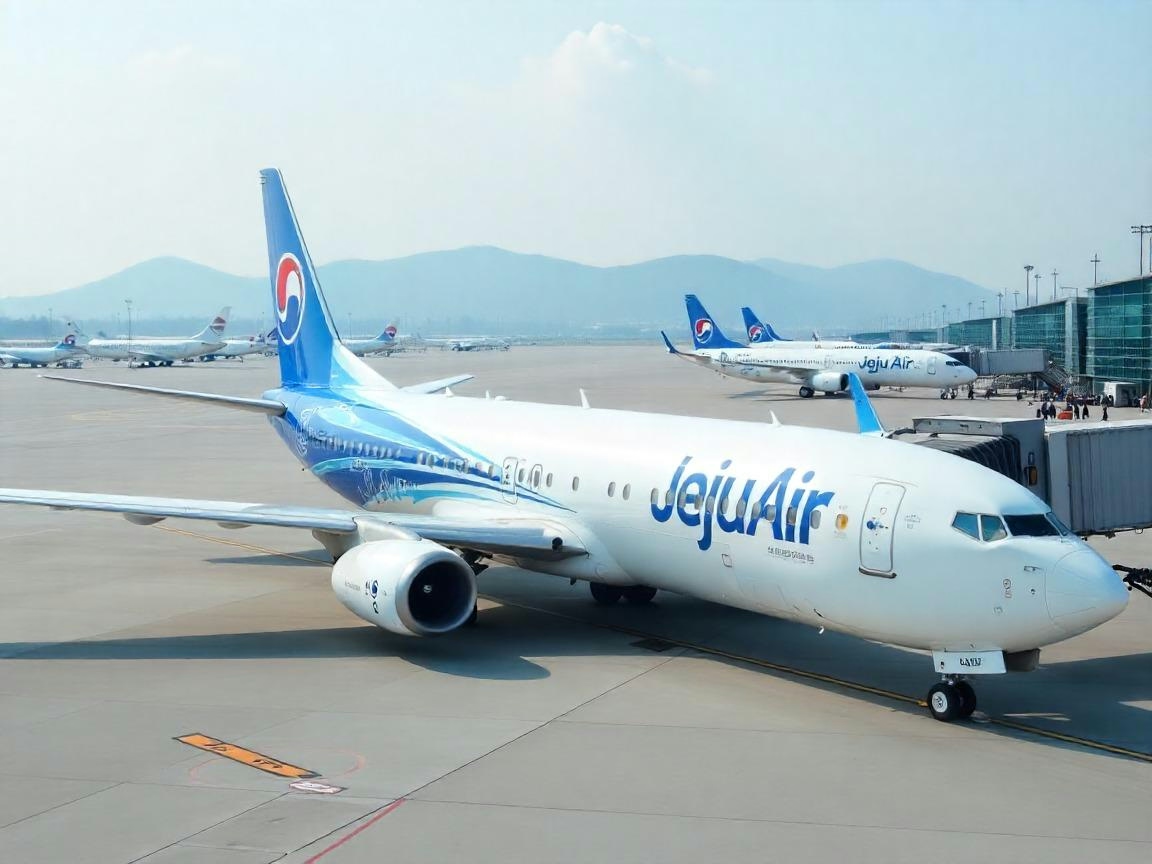
Jeju Air Reallocates Engines from Stored Boeing 737 Freighters
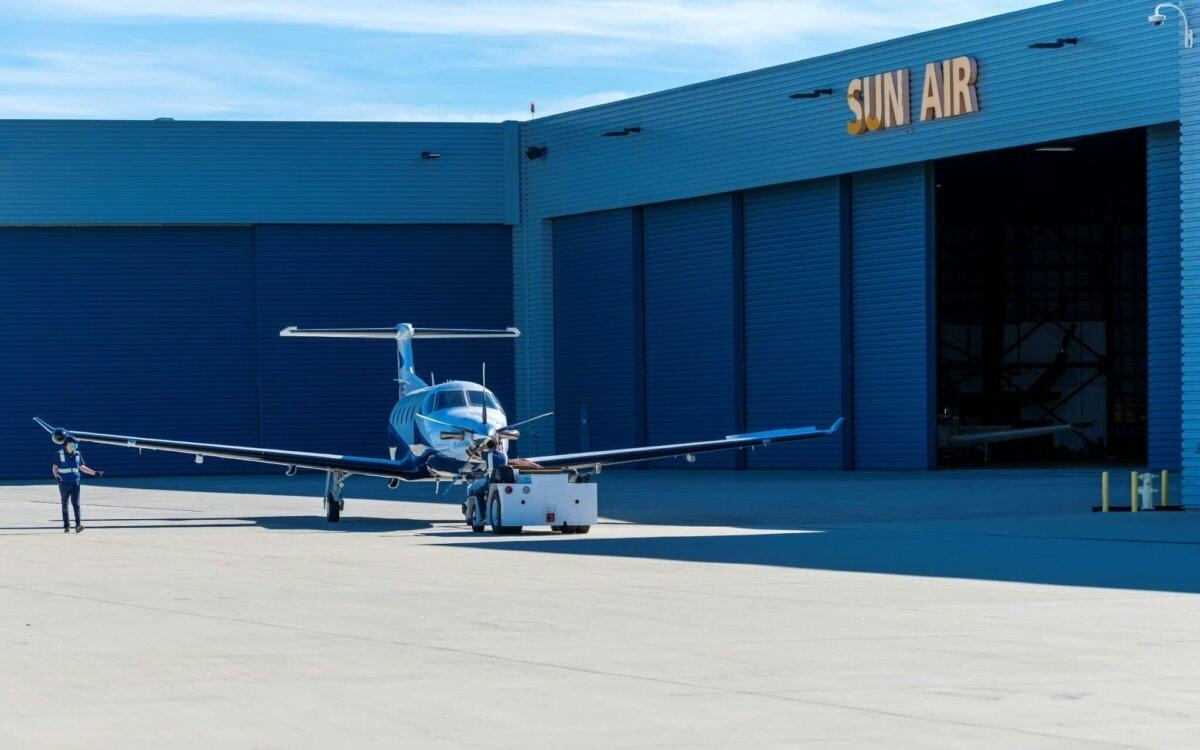
Jet Aviation Begins Operations at New FBO

Boeing Introduces Virtual Training Tools for Pilots
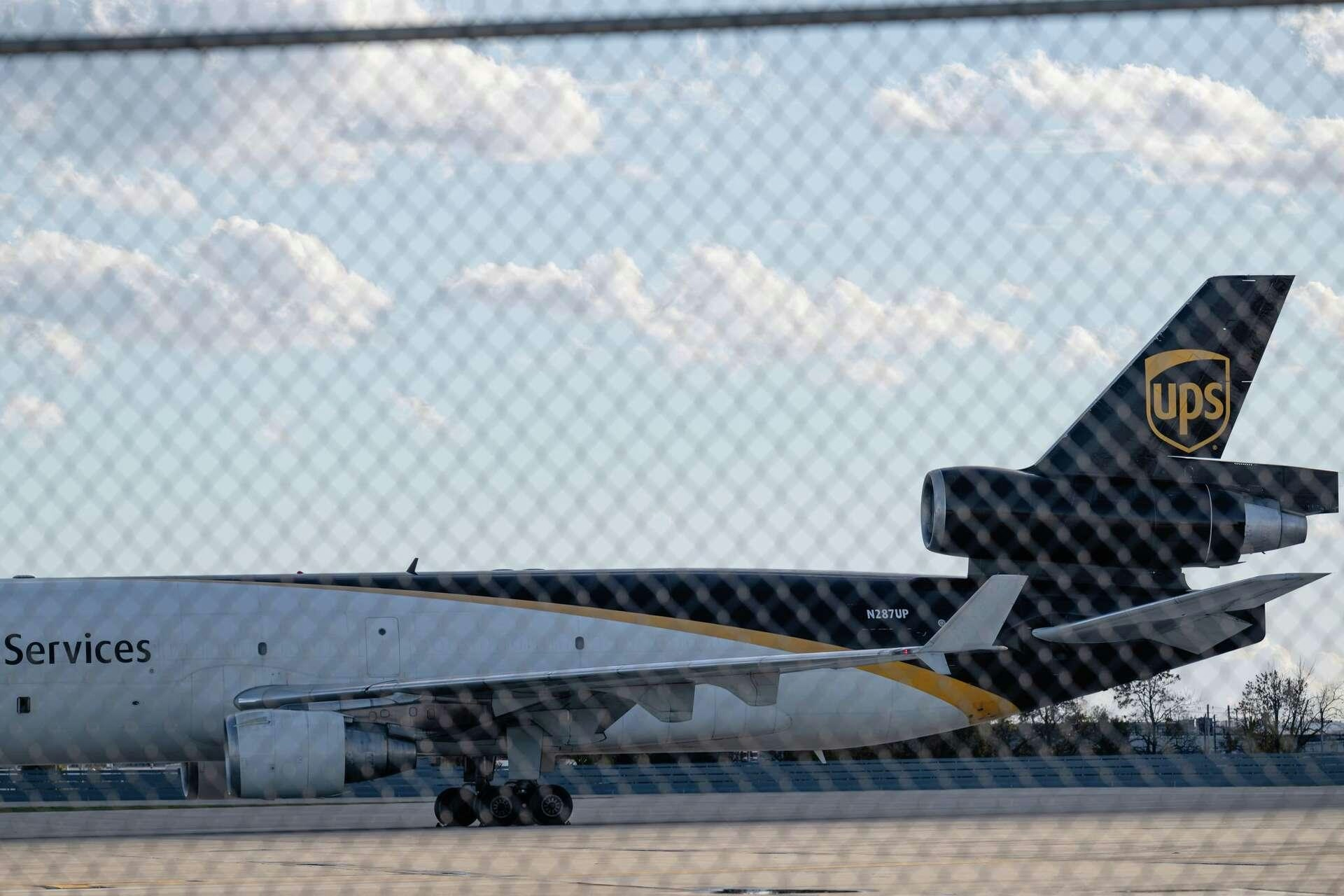
Investigation of UPS MD-11F Crash Centers on Engine Mounts
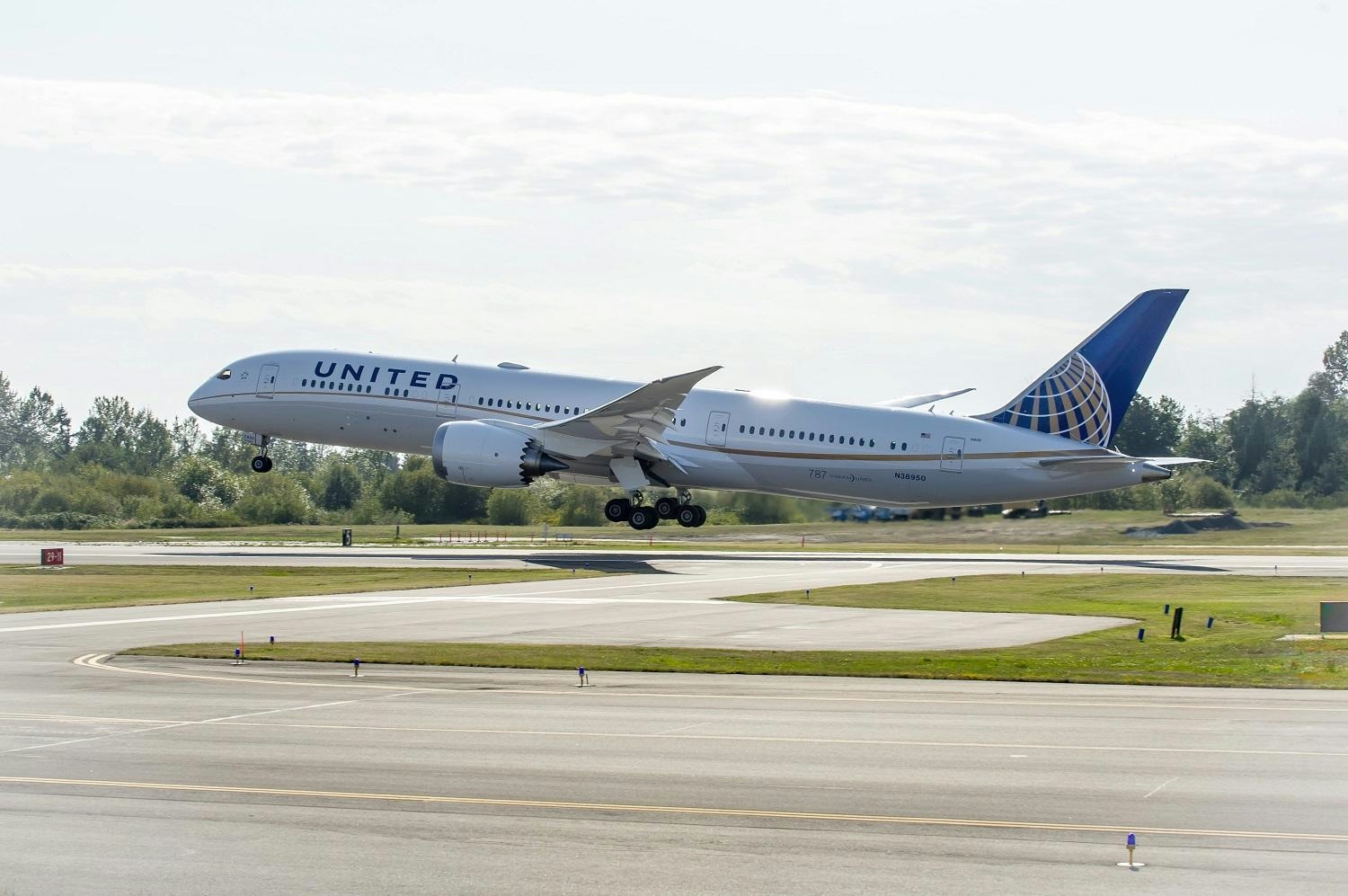
A330 and 787 Crews Overlook Reduced Runway Operations

Airlines Use AI to Manage Flight Disruptions
